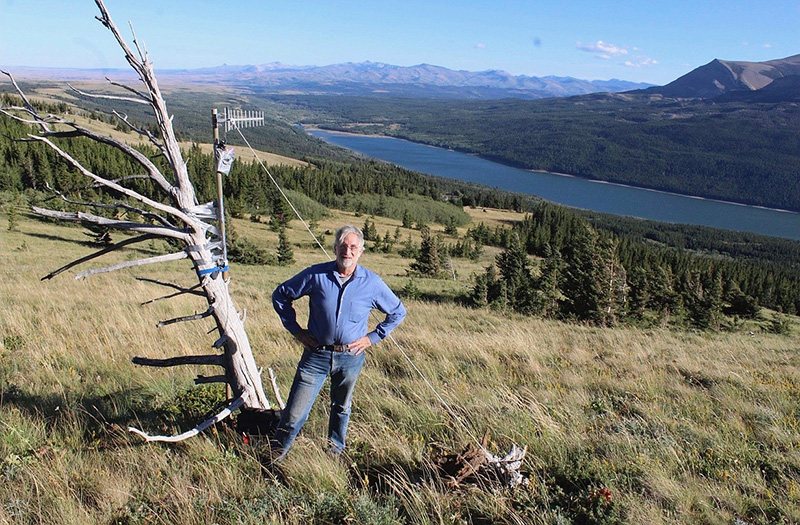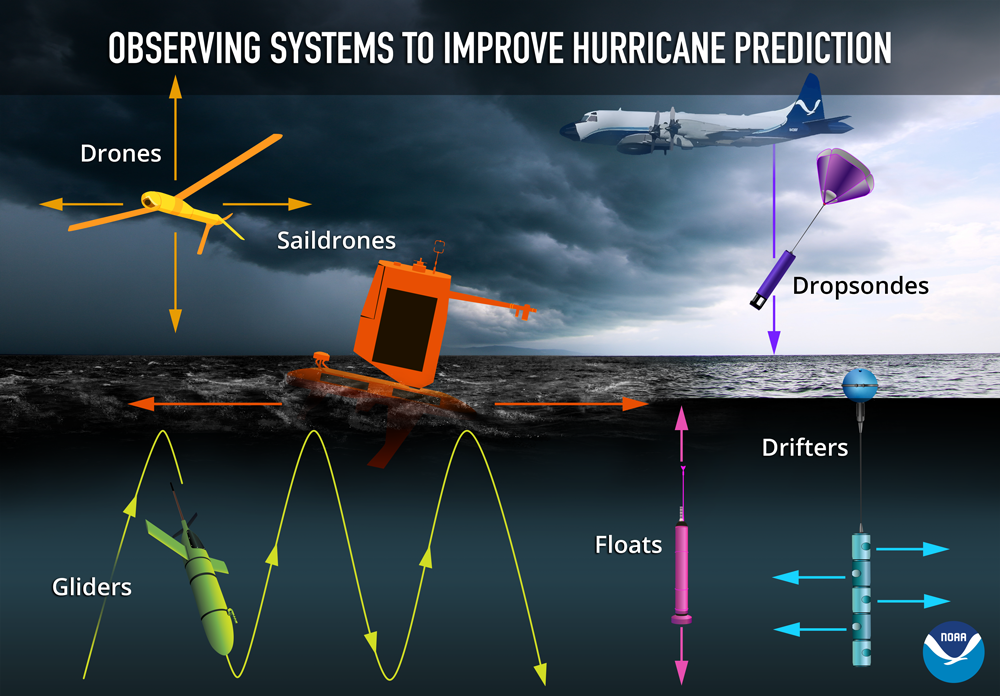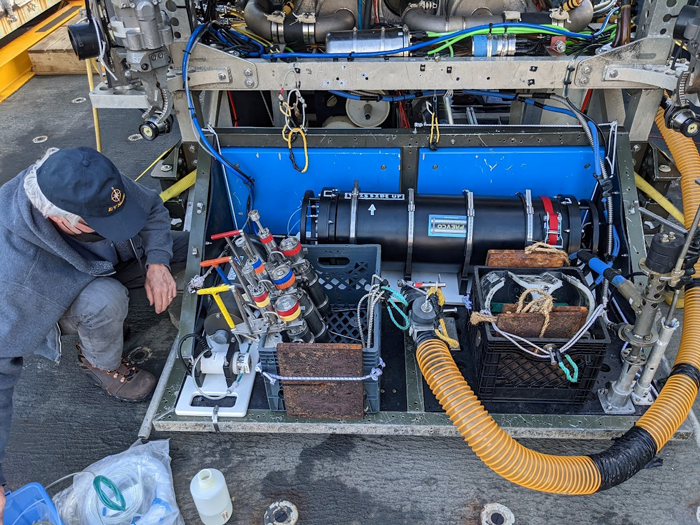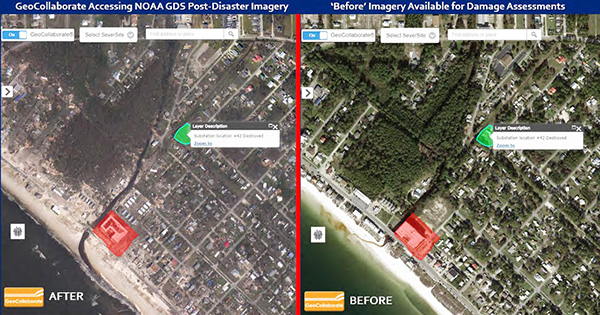SBIR-funded wildlife camera aim to bridge science, education, and technology
Field Data Technologies of Essex, Montana is helping to bridge science, education, and technology by developing new trail camera technology that allows the detection of wildlife which is too small to trigger commercially available cameras.
SBIR-funded wildlife camera aim to bridge science, education, and technology Read More »




